Stamp out slugs and snails!
Freeze the little devils, you don’t get so many on top of the cold Yorkshire moors. During the coming cycling tour de France we can expect lots of snails to be eaten.

Slugs v Lettuce – We need to choose!
It’s one of those things we tend to shy away from talking about. But, all gardeners at some time have thought about the different methods of dealing with those pesky slugs and snails. We’ve tried all these various methods for killing slugs, and each have their different pros and cons.
What is the best way of killing slugs?
Organic Methods
1. Catch and Kill.
Slugs are attracted to juicy lettuce leaves or upturned orange skins. Leave these in suitable places in the garden. Then at dawn or dusk go round the garden with a pair of secateurs or knife and slice them in half. This can be an effective way of killing slugs if you don’t mind doing the decapitating. You may also find lots of snails under large stones. This is certainly the most environmentally friendly and cheapest method. The problem is the time and mess involved.
2. Beer Traps.
This methods traps slugs without having to slice them. Place containers of beer into the soil so that slugs could climb in easily. In the morning, you will find lots of slugs have entered and drowned in the traps. It is probably one of the most humane ways of killing slugs as at least they will die drunk.
3. Nematodes.
There is a nemotode which can be put into the soil. These naturally, kill slugs in quite large numbers, working below ground. The soil needs to be kept damp and the temperature reasonably warm. This is one of the more expensive methods, but, it can keep the garden relatively slug free for quite a few weeks. See more on Biological pest control – pros and cons
4. Encourage Predators.
If you do choose organic methods, it is definitely worth encouraging natural predators into the garden to help complement the above methods. For example, one of the best predators are frogs. These can eat hundreds of slugs during their nocturnal wanderings. A pond can make a great addition to a garden. Even a simple small tub of water, may be sufficient to encourage frogs into the garden. A very useful ally. See more: Frogs and frogspawn
5. Slug Pellets.
Slug Pellets are one of the best selling garden products, used by countless gardeners desperate to kill slugs. They are one of the cheapest and easiest solutions to implement – hence their popularity. However, they can definitely harm wildlife like birds and cats – as well as looking unsightly. If you do use slug pellets, look out for these tips on the best way to implement them.
6. Barrier Methods.
Copper is said to form a barrier with the mildest electrical shock that keeps slugs at bay. Other proprietary methods include wool pellets that retain the micro hooks from the sheep that deter slugs and snails. Slugs use slime to move around and it fails to work on grit or broken egg shells.
Alternatives to Killing.
As an alternative to killing, you can always try and protect your plants by growing in pots or covering base with pieces of sharp grit and egg shell. But, for a large garden this isn’t really feasible. The other alternative is to choose plants which are less attractive to slugs like foxgloves.
Any other method of killing slugs we may have missed? What’s your favourite method for killing slugs.
Related

















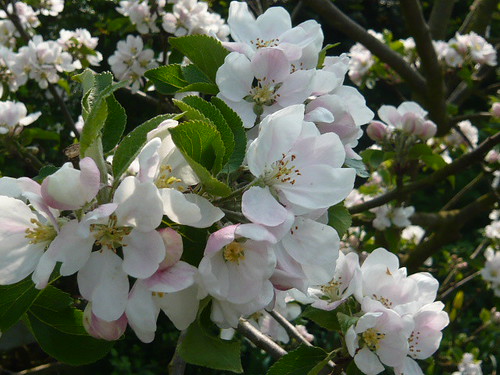
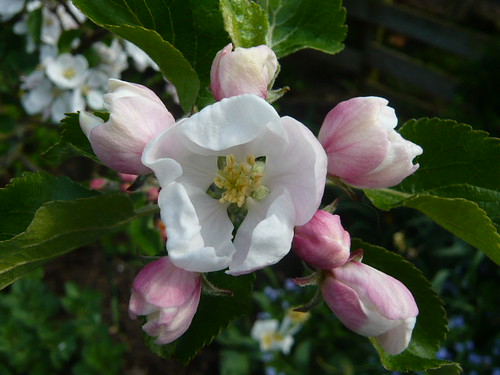
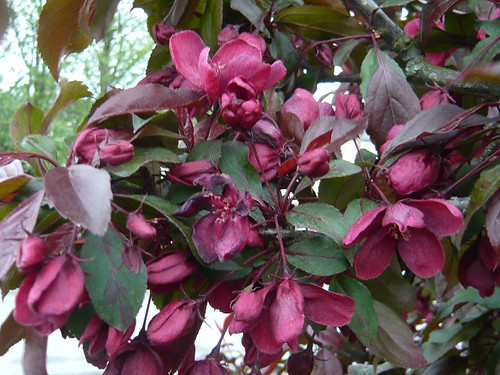
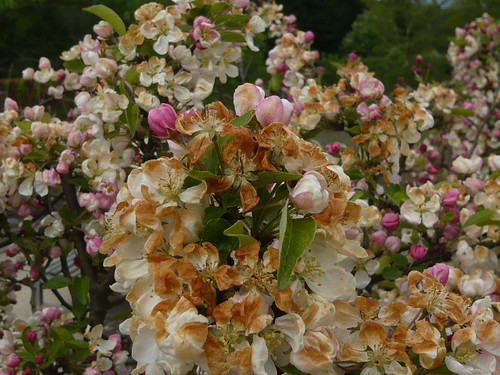
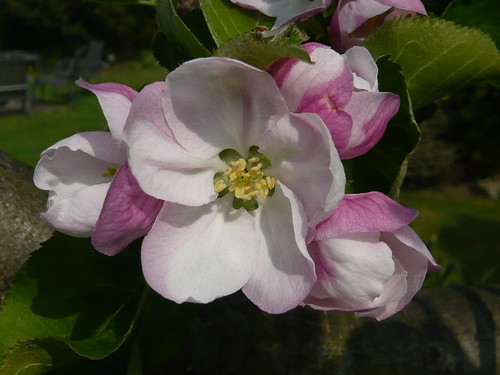
 This combination of lavender and a Geranium make a great pairing of colour and scent.
This combination of lavender and a Geranium make a great pairing of colour and scent. This is an old fashioned sweet pea and gives the classic fragrance and aroma. They make wonderful cut flowers and give a great fragrance even inside.
This is an old fashioned sweet pea and gives the classic fragrance and aroma. They make wonderful cut flowers and give a great fragrance even inside.